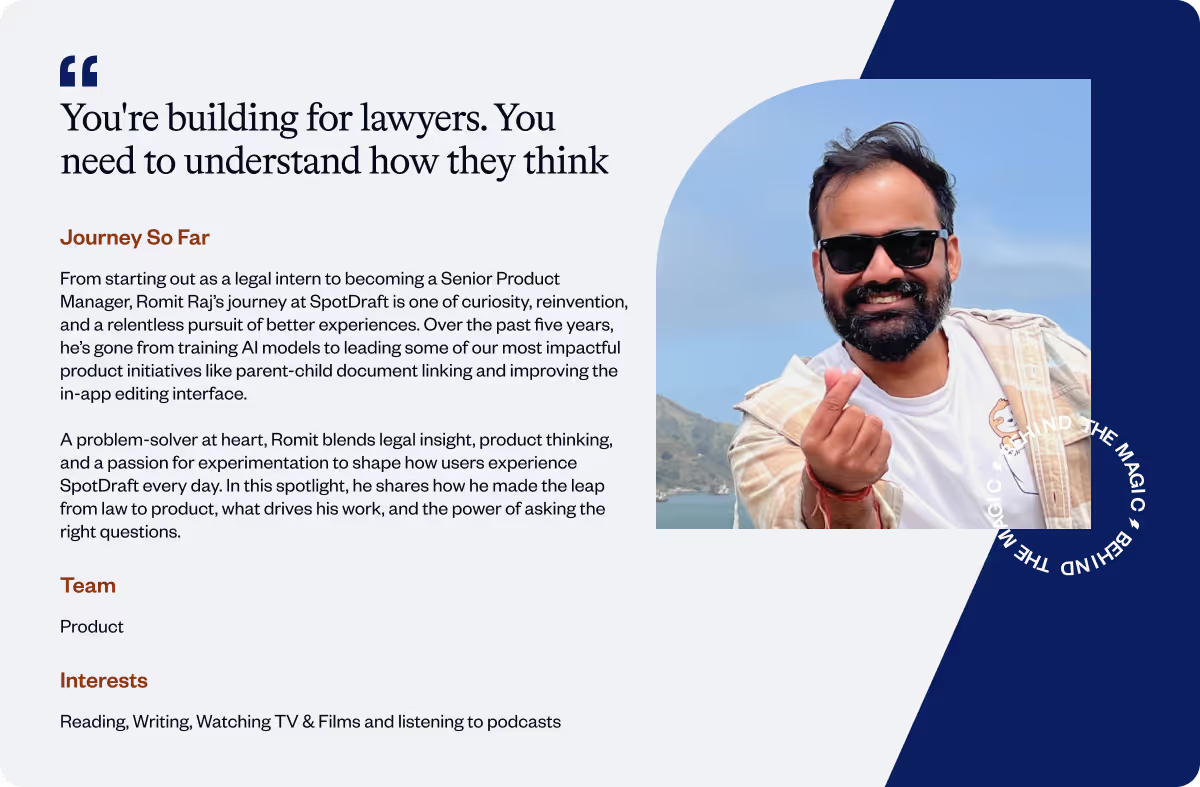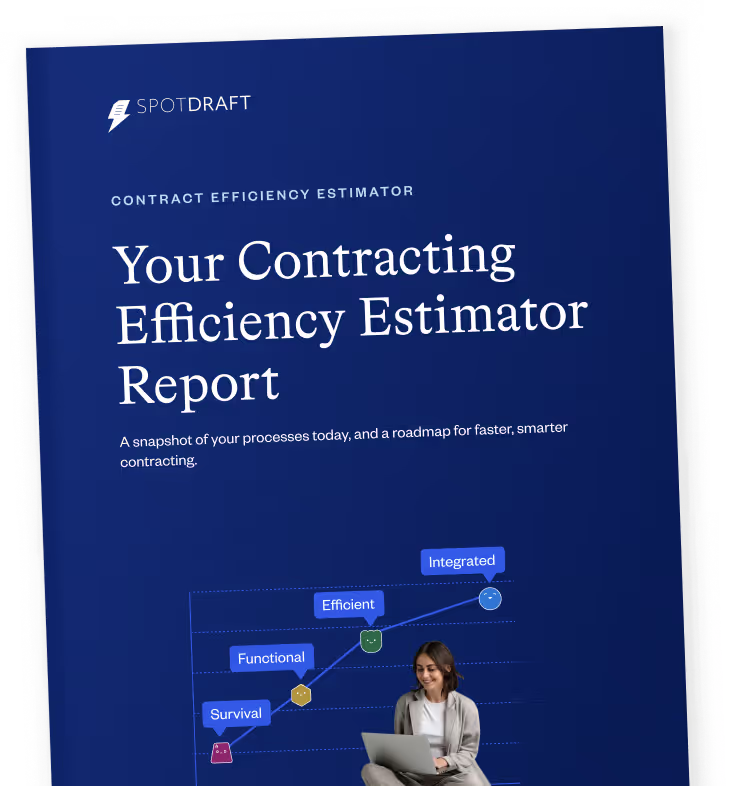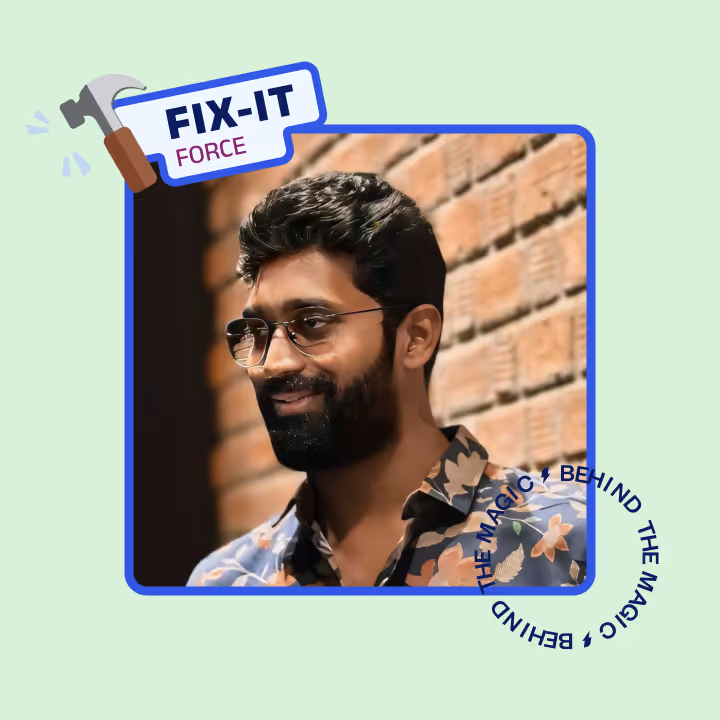From starting out as a legal intern to becoming a Senior Product Manager, Romit Raj’s journey at SpotDraft is one of curiosity, reinvention, and a relentless pursuit of better experiences. Over the past five years, he’s gone from training AI models to leading some of our most impactful product initiatives like parent-child document linking and improving the in-app editing interface.
A problem-solver at heart, Romit blends legal insight, product thinking, and a passion for experimentation to shape how users experience SpotDraft every day. In this spotlight, he shares how he made the leap from law to product, what drives his work, and the power of asking the right questions.
What do you do at SpotDraft?
I’m a Senior Product Manager, currently focused on our contract editor and platform. That means I work on things like improving the document editing experience, how versioning works, linking related documents, and more recently, comments and @mentions. I work closely with engineering, design, and QA to define and execute features.
Before this, I was working on product analytics. It involves helping us build a better understanding of how users behave, where they’re getting stuck, and what value they’re finding (or not finding) in the product.
How did you move from law into product?
I studied law and started my career as a legal intern. I joined SpotDraft around 2018, and my first job here was training our AI models to extract clauses from contracts. Over time, I started working on support tickets and product testing, and gradually picked up more responsibilities across product and engineering.
Eventually, I realized I was more excited about how the product worked than anything else. I was always asking: “Why does this feature behave like this?” or “Why did the team choose this implementation over that?” That curiosity led me to product.
What’s been one of your favorite projects so far?
The parent-child document linking project was particularly satisfying. It was a tricky problem that required deep legal context, close collaboration across teams, and real empathy for how lawyers structure contract relationships.
More recently, I’ve been excited about improving our commenting and mention systems. It’s a small feature on the surface, but it’s deeply tied to user experience and how legal teams collaborate. We wanted to make it seamless for users to leave feedback, tag teammates, and track changes, while still maintaining control and clarity.
What qualities do you think make a good PM?
You need curiosity, empathy, and a strong sense of ownership. But more than anything, you need to be good at asking questions. It’s not about having all the answers but more about knowing what to ask, and when.
Also, you're building for lawyers. You need to understand how they think: what they’ll tolerate, and what they won’t. That context is crucial to building a product that actually helps.

What does success look like in your role?
It’s when a feature ships and you hear a customer say, “This makes my life easier.” Or when you see adoption spike organically without needing constant nudges. That’s when you know you’ve built something valuable.
Success is also about clarity and making sure everyone on the team knows the “why” behind what we’re building, and that we’re solving the right problem in the right way.
What makes SpotDraft unique?
- Aligned hunger: Everyone brings energy and ownership
- We-first mindset: Feedback, whether good or bad, is treated as an org issue, not individual blame
- Healthy performance culture: It’s high-performance without toxicity. Team effort and shared wins define us.
How do you unwind outside of work?
I’m usually reading or writing. I’ve been trying to write more consistently again—short pieces or reflections on product and tech. I’m also a fan of good TV and film. And when I need a real reset, I’ll head out for a walk and listen to a podcast.
What advice do you have for new hires or team-joiners?
- Don’t be overwhelmed: Speak up early if you need context or support
- Try the product yourself: Dogfood everything, spot usability gaps
- Ask your “stupid” questions: Fresh eyes uncover blind spots and spark improvements
- Be audacious: Lean in, bring bold ideas, and lead with curiosity.

.png)







